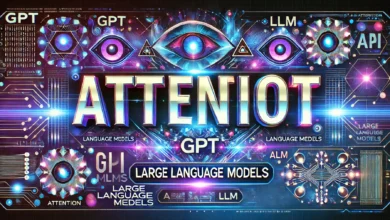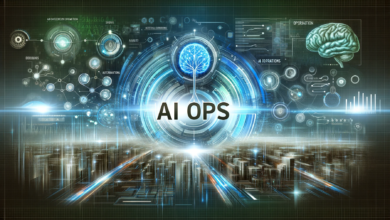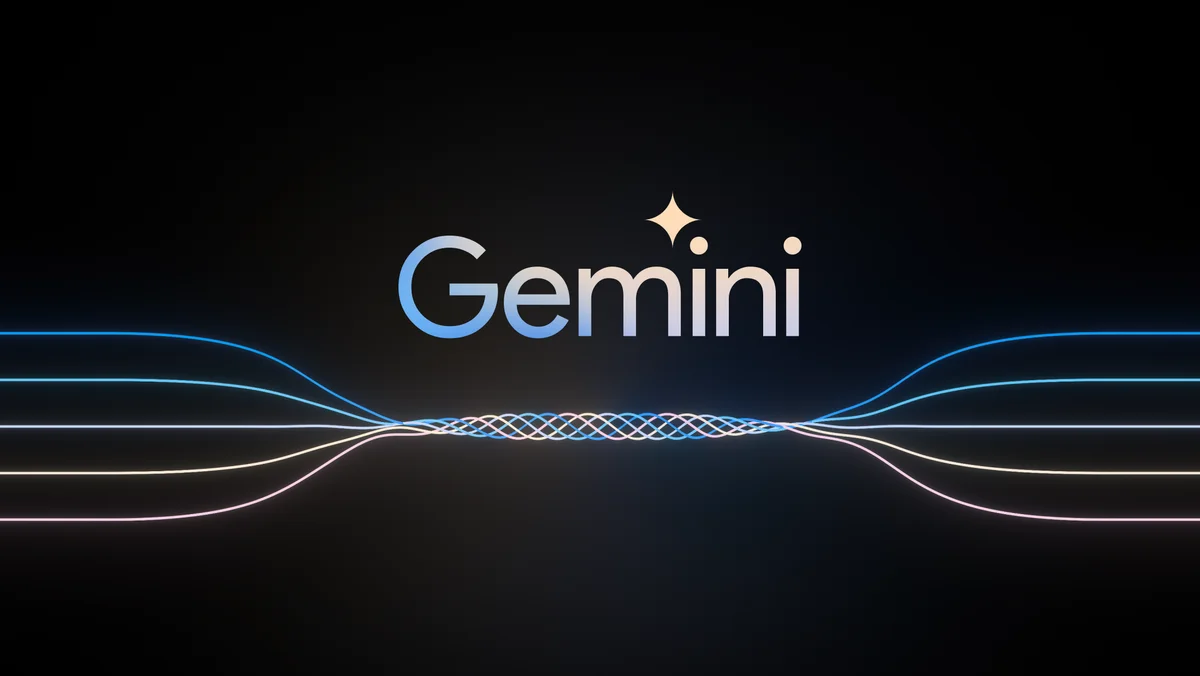LLM Inference Engines: The Secret Sauce Behind Those Mind-Blowing Language Models
Hey there, tech enthusiasts! Ever wondered how those mind-blowing language models, the ones that write poetry and answer your questions in crazy detail, actually work? Well, it’s not just magic (although it can sometimes feel that way). There’s a whole system behind the scenes, and a crucial part of that system is something called an LLM inference engine. Let me tell you, these engines are the real powerhouses making LLMs sing.
What is an LLM Inference Engine?
Imagine an LLM as a giant brain, full of knowledge and the ability to process language like nobody’s business. But that brain needs a translator, a way to understand what we’re feeding it and then turn its complex responses into something we can use. That’s where the LLM inference engine swoops in. It acts like a super-efficient middleman, taking our questions or prompts, prepping them for the LLM’s special way of seeing things, and then interpreting the LLM’s response back into something clear and helpful.
Why are LLM Inference Engines Important?
Now, LLMs are impressive, but they’re not exactly speed demons. Running them directly can be slow and clunky, especially if you need answers in real-time. That’s where LLM inference engines come in as heroes. These engines are like performance coaches for LLMs, using special techniques and tricks to make them run faster and smoother. They can even leverage fancy hardware to give the LLM a real boost, all without sacrificing that amazing ability to understand and respond to language.
But that’s not all! These engines are also masters of scalability. They can handle a growing number of users and requests without breaking a sweat. Think of it like adding more lanes to a highway – the engine keeps the traffic of questions and answers flowing smoothly. Plus, they’re flexible too, allowing us to connect LLMs with different apps and platforms, making them even more versatile.
Key Players in the LLM Inference Engine Arena
The world of LLM inference engines is a fascinating one, and it’s constantly evolving. Here are some of the big players making waves:
vLLM (Very Large Language Model Inference System)
This open-source engine from Microsoft and Hugging Face is all about raw speed. It leverages techniques like model parallelism and pipelining to break down LLM computations into smaller, faster tasks, making it ideal for applications demanding real-time responses.
https://github.com/vllm-project/vllm
TensorRT-LLM
This offering from Nvidia is a powerful combination. It integrates the high-performance capabilities of Nvidia’s TensorRT framework with the flexibility of the Triton Inference Server. This tag team allows developers to deploy LLMs on Nvidia GPUs, taking advantage of specialized hardware for significant performance gains.
https://github.com/NVIDIA/TensorRT-LLM
Hugging Face Transformers Inference
If you’re a developer looking for a user-friendly option, Hugging Face Transformers Inference is your friend. This library simplifies the process of integrating LLMs into your applications by providing pre-built pipelines for tasks like text generation and question answering. It’s a great starting point for those new to the world of LLM inference.
https://huggingface.co/docs/transformers/en/index
RayLLM with RayServe
Need to scale your LLM deployment to handle massive user loads? Look no further than RayLLM with RayServe. This duo utilizes RayServe’s powerful serving capabilities to manage and distribute LLM workloads across multiple servers, ensuring your application remains responsive even under heavy traffic.
https://github.com/ray-project/llms-in-prod-workshop-2023
https://docs.ray.io/en/latest/index.html
DeepSpeed-MII/FastGen
Microsoft’s DeepSpeed project is a pioneer in LLM efficiency. DeepSpeed-MII offers a variety of techniques for model optimization, while FastGen focuses on high-performance inference through innovative algorithms. Together, they push the boundaries of what’s possible with LLM inference.
https://github.com/microsoft/DeepSpeed
https://github.com/oNaiPs/go-generate-fast
Llama.cpp
Llama cpp is my favourite one. This open-source C++ library by Georgi Gerganov is a popular choice for efficient LLM inference. Its python wrapper is also available. It boasts a lightweight design focused on CPU performance, making it ideal for deployment on various hardware platforms. Llama.cpp excels at streamlining the development process for LLM inference tasks and offers features like model optimization and a web server for easy integration.
https://github.com/ggerganov/llama.cpp
This is just a glimpse into the exciting world of LLM inference engines. As research continues, we can expect even more innovative players to emerge, each with its own strengths and specializations.
The Future of LLM Inference Engines
The future of LLM inference engines is bright! We can expect even faster engines, better security to keep things safe, and more ways to understand how these LLMs actually work. With all these advancements, LLMs are poised to take on even bigger and more exciting challenges, all thanks to the tireless work of these behind-the-scenes heroes – the LLM inference engines. So, the next time you interact with an LLM and marvel at its capabilities, remember the silent hero working its magic in the background!





